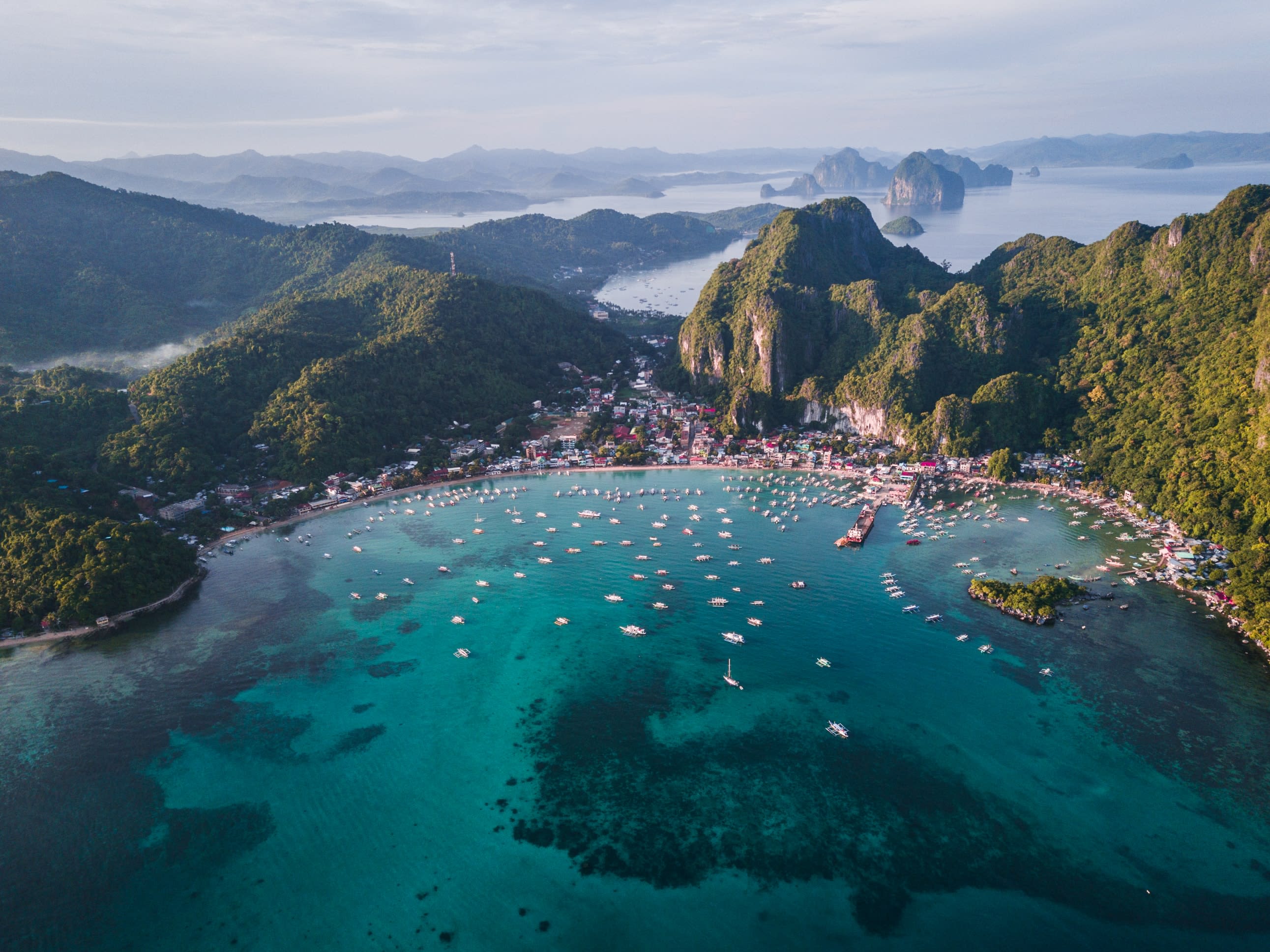Philippines
Overview
The Film Philippines Office (FPO), a department of the Film Development Council of the Philippines (FDCP), is the country’s main body for incoming productions. It also runs the Film Location Engagement Desk, a one-stop-shop for international productions looking to shoot in the territory, providing a general endorsement to productions and assisting in their transactions with government offices. To tap into the available menu of support, incoming productions are required to commit to linking with a local qualified Filipino production company to co-produce creative content.
The Republic of the Philippines offers international producers an eye-catching array of options, from well-connected capital Manila in the north to its coasts on the South China, Philippine and Sulu seas. There are tropical rainforests, mountains and volcanoes (active and dormant) alongside bustling cities, terraced rice paddies, volcanic ash deserts and waterfalls. Filipino and English are the dominant languages for its long-established film and TV industry.
Notable international projects to have shot recently in the Philippines, a territory hard hit by Covid lockdowns and travel restrictions, include Lorcan Finnegan’s Philippines-UK-Ireland co-production Nocebo, starring Eva Green and Mark Strong, and Richard Somes’ Filipino action thriller Trigger (Topakk), produced by Wilfredo C Manalang of local production house Fusee, Somes’ Strawdogs Studio Production, Ria Atayde and Sylvia Sanchez from Nathan Studios, and Michaelangelo Masangkay and Fernando Henna of Toronto-based post sound house Theo & Atlas Productions.
“There were a lot of action movies [shot in the Philippines] in the early part of our film history, but the country has shied away from them for a long time,” says Manalang. “Topakk is hopefully a spark to reignite a trend in such films coming out of Southeast Asia.”
In 2021, FDCP launched the Asean co-production fund for Filipino producers who are working with Association of Southeast Asian Nations (Asean) production countries. Qualified projects will receive monetary support ranging from $45,000 to $135,000 (php2.5m to php7.5m) to land in the Philippines for part of their production, animation and/or post-production. Any genre and theme can apply, but it must not “contain violence, pornography, insult, national threat, and does not portray the Philippines in a negative light”, according to FDCP guidelines.
Chair and CEO of FDCP Tirso S Cruz III, a former actor who took over from Liza Dino in 2022, said the move to no longer require filmmakers in the Philippines to pay back production grants received from Film Philippines — as had previously been the case — was well received.

Locations and productions
The Film Location Incentive Program (FLIP) requires a minimum qualified production spend of $153,000 (php8m) to access a 20% cash rebate capped at $191,000 (php10m). The international co-production fund (ICOF) is a selective fund for international co-productions with the Philippines, up to $191,000 (php10m) and a minimum projected local spend of $95,500 (php5m).
The Asean co-production fund of up to $140,000 (php7.3m) is for projects produced by Philippine and Association of Southeast Asian Nations (Asean) production countries. Full details filmphilippines.com/incentives
Permits
Getting a permit in the Philippines is not especially onerous, but it makes sense to call on local knowledge to avoid stumbling across unexpected regulations. Experienced production services companies like RSVP are well-positioned to advise, as are international production services outfits like Emerge Film Solutions. Basic points include the fact that Manila does not issue city-wide permits, so you may need to talk to more than one municipality. Complicated shoots in national parks or in the air usually require more planning.
The Philippines has also had to contend with internal security issues so some islands will need government permission to film in. In terms of official bodies you can talk to, there is a Film Development Council of the Philippines but as its name suggestions it is more focused on supporting indigenous production. Better perhaps is the Ministry of Tourism, which has been charged with promoting the country “as a locale for foreign films or movie production or any other form of entertainment that will serve to enhance the Philippines’ image as a tourist destination.”
Infrastructure and crews
The local industry can accommodate up to four incoming productions, with crews used to working long hours. Rental rates for equipment, facilities and locations fare favourably to other countries in the region. ABS-CBN’s soundstages are a two-hour drive from the international airport and 30 minutes from hotels; Shooting Gallery Studios is a 20-minute drive from the airport; and Bigfoot Studios a 15-minute drive with hotels nearby.
Size matters
The Philippines is an archipelago of 7,641 islands covering 300,000 square kilometres. The main gateway is Ninoy Aquino International Airport in Manila. The Philippines’ three major islands of Luzon, Visayas and Mindanao are connected by nautical highways, allowing land vehicles to board the roll-on/roll-off ferries, greatly reducing travel times between the key cities.
First person to contact:
Joierie Ann Pacumio, executive director, Film Philippines, Film Development Council of the Philippines: jo@fdcp.ph
Sign up for newsletter
Newsletter